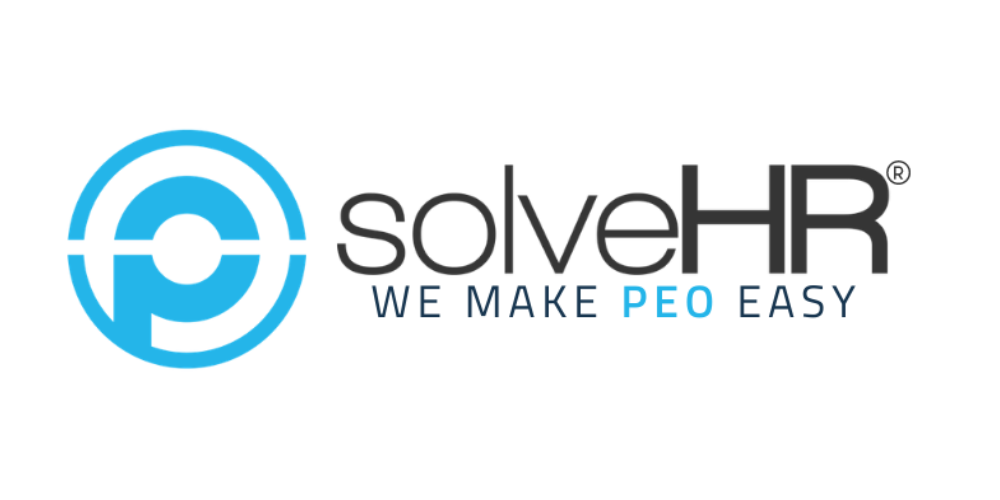- 03/16/2023
- Posted by: Matt Muriel
- Categories: Culture & Retention, Employment Law

As we move further and further into the future, safety in the workplace remains a priority for all types of businesses. In 2023, new challenges may arise that employers hadn’t even considered in previous years. Knowing what these potential obstacles are can help managers, business owners and HR professionals better prepare to protect their employees while boosting overall productivity. Read on to discover five specific safety challenges that you might have to face as we get deeper into 2023 and how best to tackle them with efficient workflow management practices.
OSHA 2023 Changes
In early January, Federal workplace safety officials had issued a press release announcing new enforcement guidance to make penalties more effective in stopping employers from repeatedly exposing workers to life-threatening hazards.
OSHA’s new workplace safety measures, which can be found here, aim to be an important enforcement tool to help deter employers from disregarding their responsibilities to protect workers and ensure compliance with OSHA standards and regulations.
This new guidance covers enforcement activity in the general industry, agriculture, maritime, and construction industries. It is currently set to become effective 60 days after release, meaning you have until March 27 until you see it take full flight.
OSHA’s new policy on instance-by-instance citations will impact employers in high-risk industries and emphasize the importance of proactively preventing workplace fatalities and injuries. Employers must ensure that they comply with OSHA standards and regulations to avoid IBI citations, which can result in substantial penalties and reputational harm. By prioritizing workplace safety and health, employers can avoid costly and preventable accidents and create a safer and healthier work environment for their employees.
Mental Health Disorders in the Workplace
According to the CDC, nearly 1 in 5 U.S. adults aged 18 or older (44.7 million people) have reported a mental illness. In addition, 71% of adults reported at least one symptom of stress, such as a headache or feeling overwhelmed or anxious. Given these statistics, it’s important that mental health be an integral part of any workplace-injury prevention and safety program.
One-way mental health disorders can affect businesses is by reducing employee productivity. Employees with mental health disorders may find it difficult to concentrate, complete tasks efficiently, and make decisions, leading to reduced productivity. This can impact the overall performance of the business, leading to lost revenue and missed opportunities. Additionally, mental health disorders can lead to increased absenteeism, as employees may need to take time off work to manage their condition or attend therapy sessions.
To address these challenges, businesses can take several steps to support employees with mental health disorders. This includes providing access to mental health resources and support, promoting work-life balance, reducing stigma around mental health, and creating a culture of open communication and support. By prioritizing employee mental health, businesses can create a more supportive and productive work environment, leading to benefits for both employees and the business.
Extreme Weather and Climate Risk
Extreme weather events and climate risks are expected to have an increasing impact on workers in the coming years. These events can pose serious physical and mental health risks to workers, as well as disrupting work schedules and leading to significant economic costs.
For example, extreme heat waves can cause heat stroke, dehydration, and other health problems for workers, particularly those who work outdoors or in poorly ventilated areas. Similarly, extreme cold weather can lead to hypothermia and other cold-related illnesses. In addition, storms, floods, and other natural disasters can cause physical injury or even death to workers.
To mitigate these risks, businesses and policymakers can take several steps to support workers in the face of extreme weather events and climate risks. This includes providing access to protective equipment, improving infrastructure and transportation systems, creating emergency response plans, promoting work-life balance, and prioritizing worker safety and mental health.
Labor Shortages
Labor shortages can present a significant safety issue for workplaces. When there are fewer workers available to perform a given task, there is a greater risk of overworking, fatigue, and stress-related injuries. In addition, inexperienced workers or those who are rushed due to time constraints may be more likely to make mistakes, leading to accidents or injuries on the job.
Furthermore, labor shortages may force businesses to hire workers who are not fully trained or qualified for a particular task, which can increase the risk of accidents and injuries. For example, in industries such as construction or manufacturing, a shortage of skilled workers may lead to the use of less experienced workers who are not familiar with safety protocols and procedures.
To address these safety concerns, businesses and policymakers can take several steps to support workers in the face of labor shortages. This includes investing in training and development programs to ensure that workers are fully qualified and trained for their roles, providing adequate breaks and rest periods to prevent fatigue, and prioritizing worker safety and well-being in all aspects of the business. By taking these steps, businesses and policymakers can help to ensure that workers are protected and that workplaces remain safe and productive.
These issues require businesses and policymakers to take proactive measures to ensure worker safety and well-being, such as investing in training and development programs, providing adequate breaks and rest periods, and prioritizing worker safety and mental health.
By addressing these safety concerns, businesses can create more resilient, sustainable, and productive workplaces that prioritize the health and well-being of their workers. Investing in worker safety and well-being is not only the right thing to do but is also essential for the long-term success and profitability of businesses.

